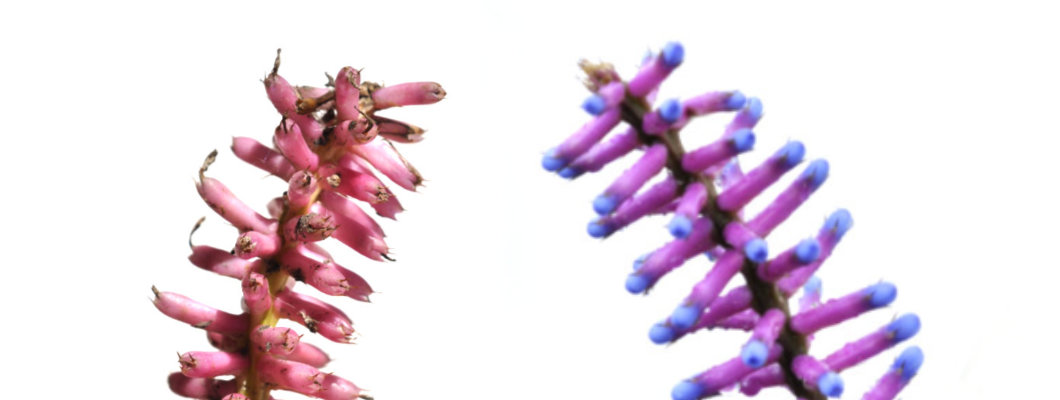
Title image above is copyright © Kristi Ellinopoullos
First published 10th August 2025
Bromeliads have the most amazing infloresecences* (flower spikes*), and the inflorescence of the pink-and-blue matchstick bromeliad (Aechmea gamosepala var. gamosepala) is no exception!
* A more accurate description is below.
At first glance, this spike barely looks natural! When I first sighted one many, many years ago I was transfixed by how much it resembled a brightly-coloured nylon bottle brush:
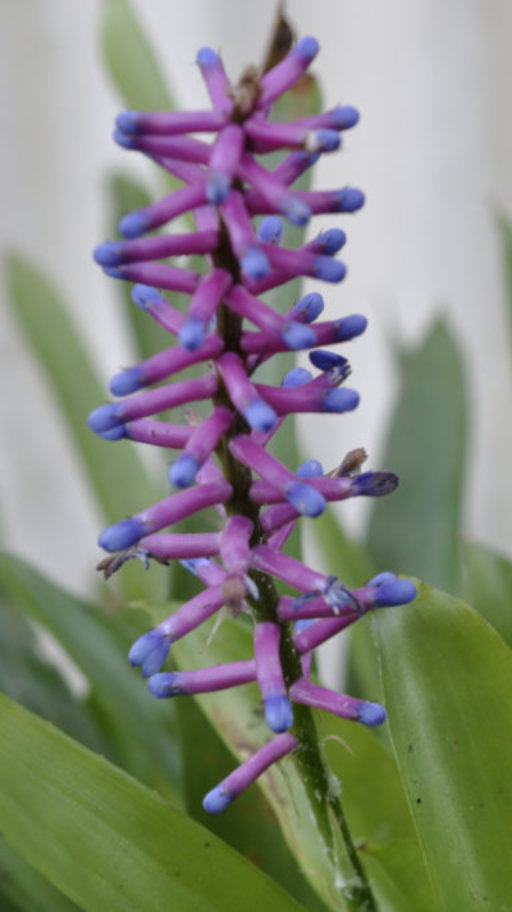
copyright © Kristi Ellinopoullos
And then when it was pointed out to me that it is the matchstick bromeliad, I went riiiiiight! What awesomely cool psychedelic matchsticks you have!
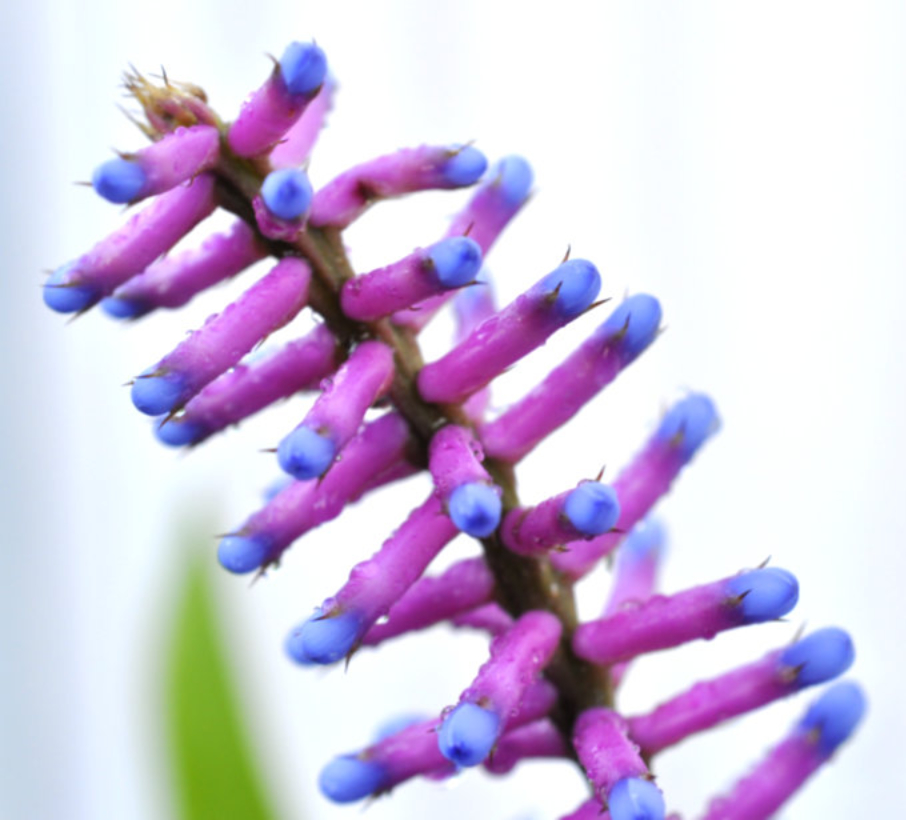
copyright © Kristi Ellinopoullos
There is a pink-only inflorescence too:
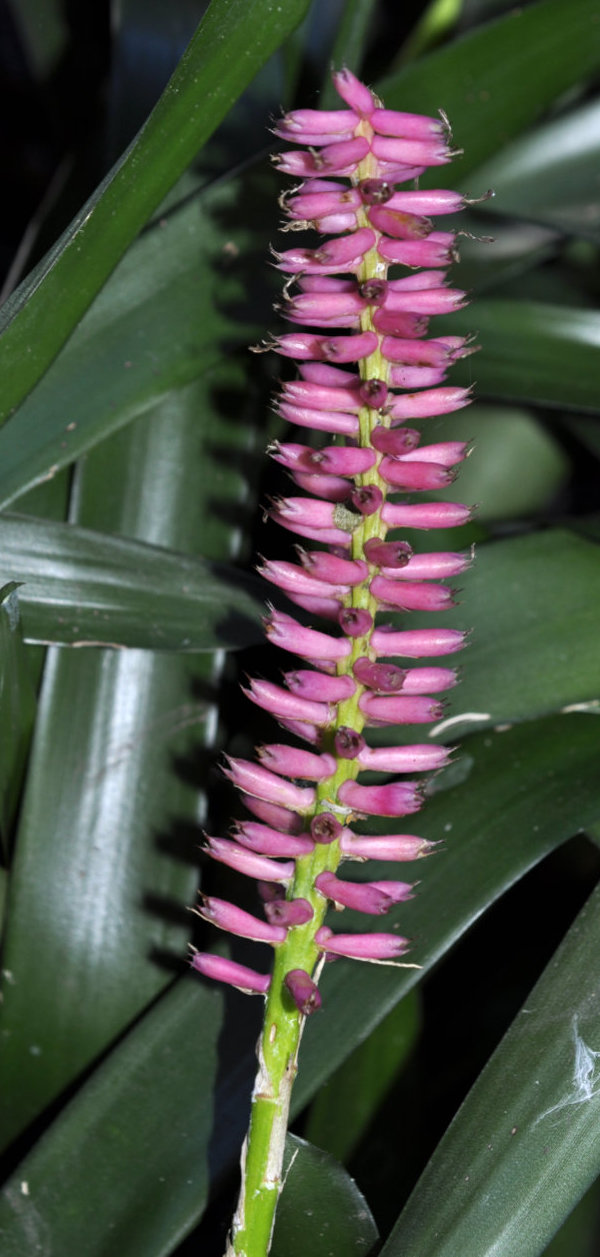
copyright © Kristi Ellinopoullos
And a third inflorescence type of pink and white (Aechmea gamosepala var. nivea):
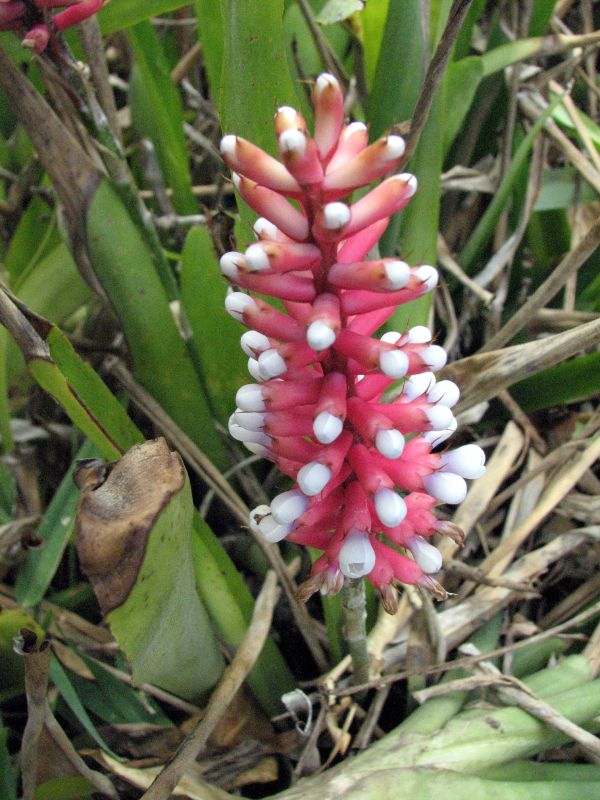
Attribution: Just chaos, CC BY 2.0 https://creativecommons.org/licenses/by/2.0, via Wikimedia Commons
[Aside: I would so love this third type should anyone be interested in selling or a swap!]
The pink-and-blue variety is Aechmea gamosepala var. gamosepala, and the pink-and-white variety is Aechmea gamosepala var. nivea. But for the life of me I cannot find a name for the pink-only variety. Please tell me if there is, but for now I list it simply as Aechmea gamosepala.
So what exactly is an inflorescence?
“A flower spike’ is a good-enough definition, but doesn’t quite convey the deeper meaning, in that an inflorescence is a group of individual flowers arranged on a stem called a peduncle. Only inflorescences have peduncles.
The stalk which attaches the flower to the inflorescence is called the pedicel. (The attachment stalks of solitary flowers, e.g. hibiscus, are also called pedicels.)
What this means, is that each of those gorgeous little matchsticks is a single flower!
Below is a stylised diagram of a typical flower:
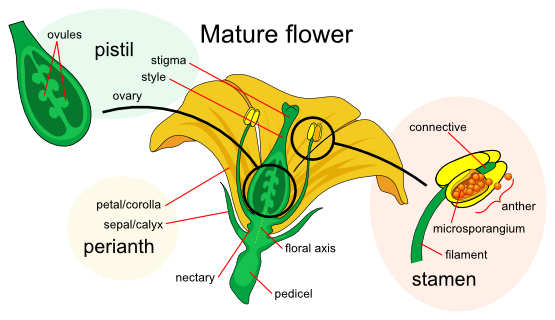
Anatomy of a perfect flower
Attribution: LadyofHats, Public domain, via Wikimedia Commons
Please note that the sepals, which are part of the flower, are modified leaves directly attached to the pedicel and which protect the flower.
Before going further, please note that the sepals (plural) can be referred to as the ‘calyx’ (singluar). The plural of ‘calyx’ is ‘calyces’.
In this closeup of two flowers of Aechmea gamosepala var. gamosepala, can you see how the pink parts are the calyces? The specific part of the name, gamosepala, in fact means “having united sepals”.

copyright © Kristi Ellinopoullos
This means the blue bits are the actual petals of the flowers!
In this closeup of the pink-only variant:
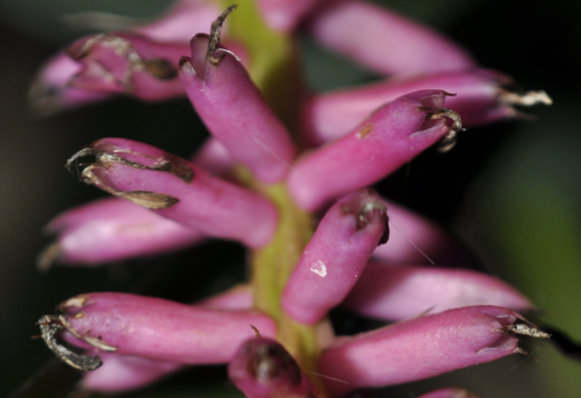
copyright © Kristi Ellinopoullos
We see pink calyces and…no petals whatsoever! This variant appears devoid of petals altogether! (The stringy protusions from the sepals are likely the remains of the anthers, or the male part of a flower which releases pollen.)
And lest you think this variant had shed its petals by the time I photographed it, please be assured that no petals are ever visible during the entire life of the inflorescemce.

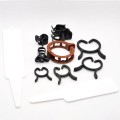
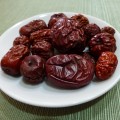
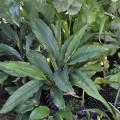
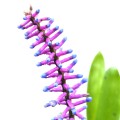
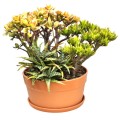
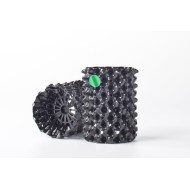
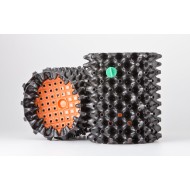
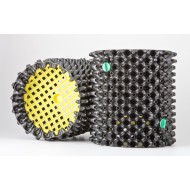
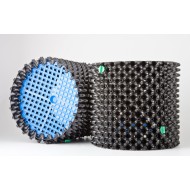

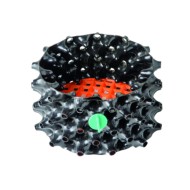

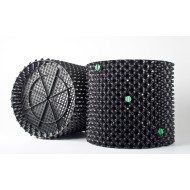
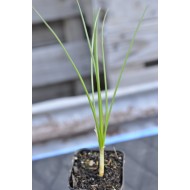

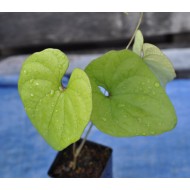
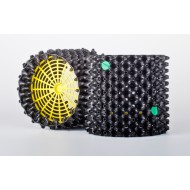
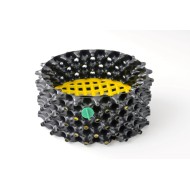
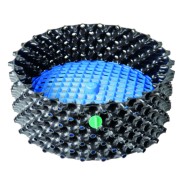
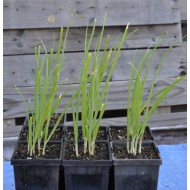
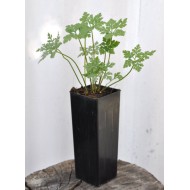
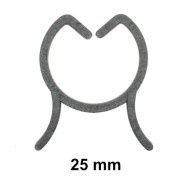
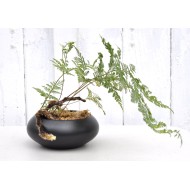
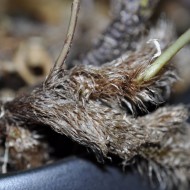
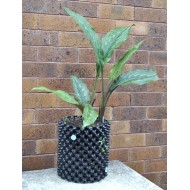
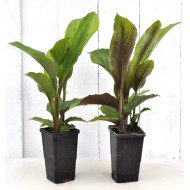
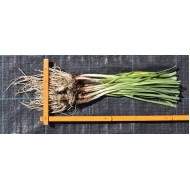
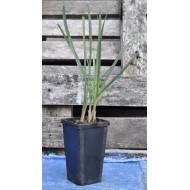
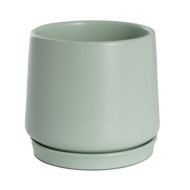
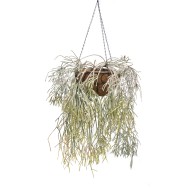
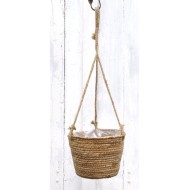


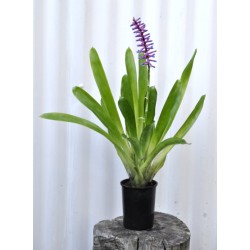
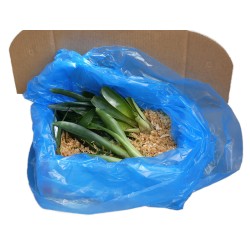
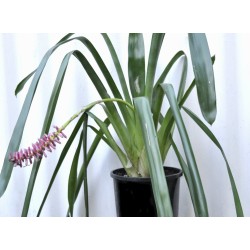
Leave a Comment